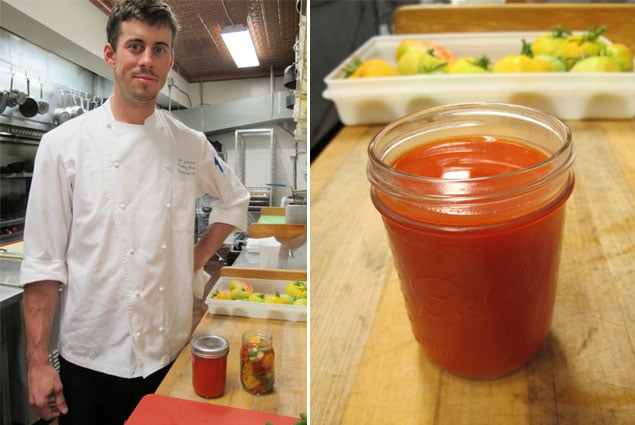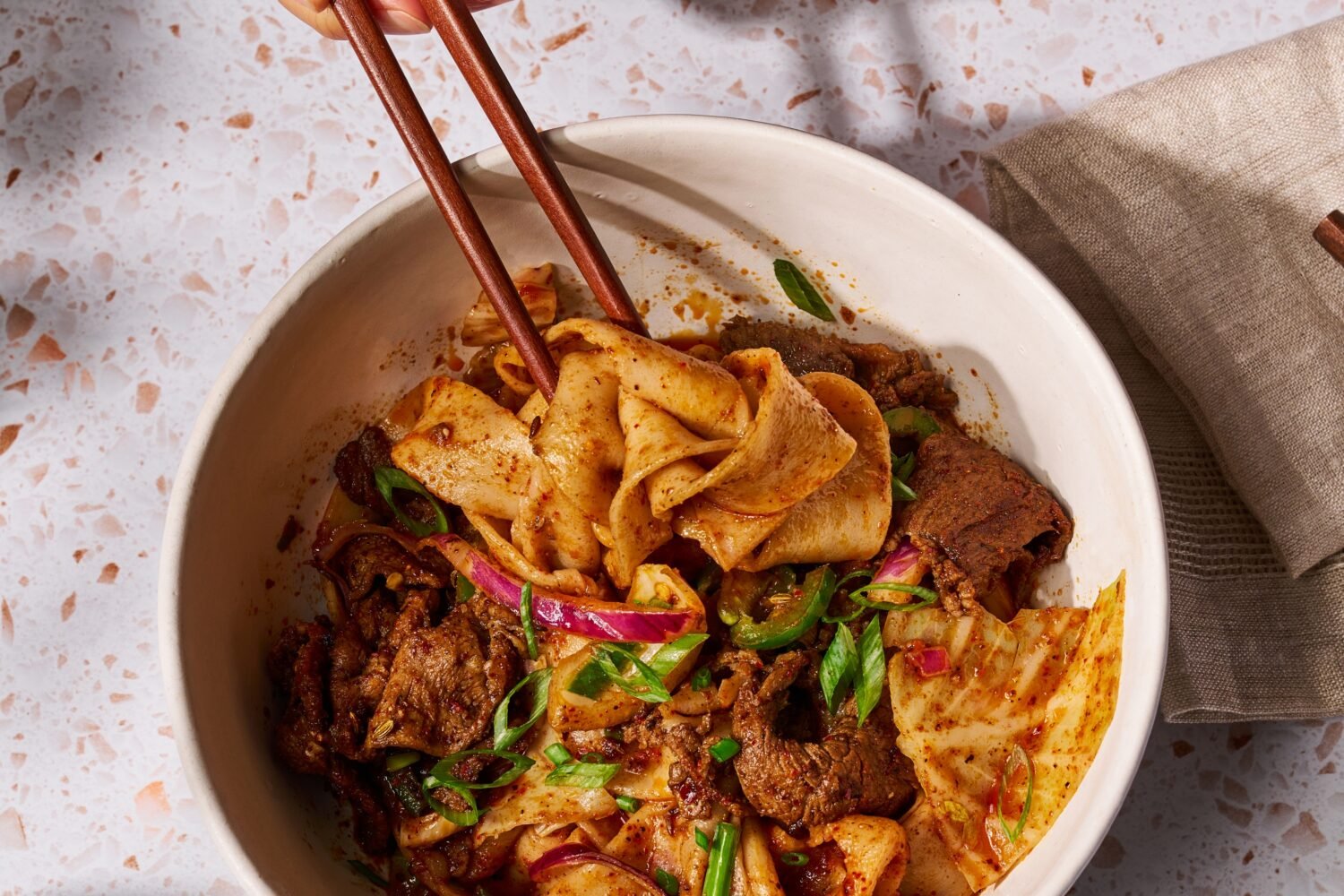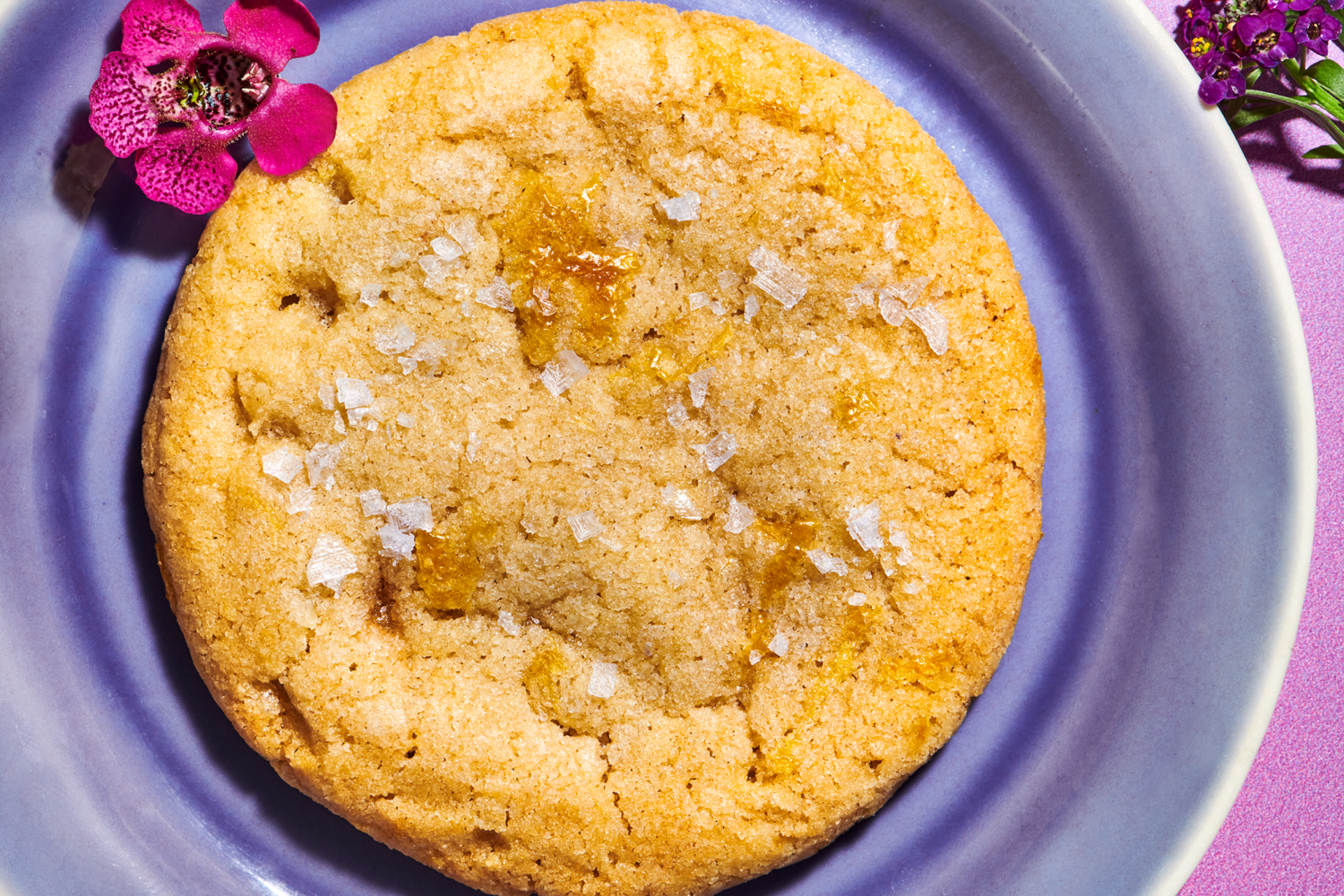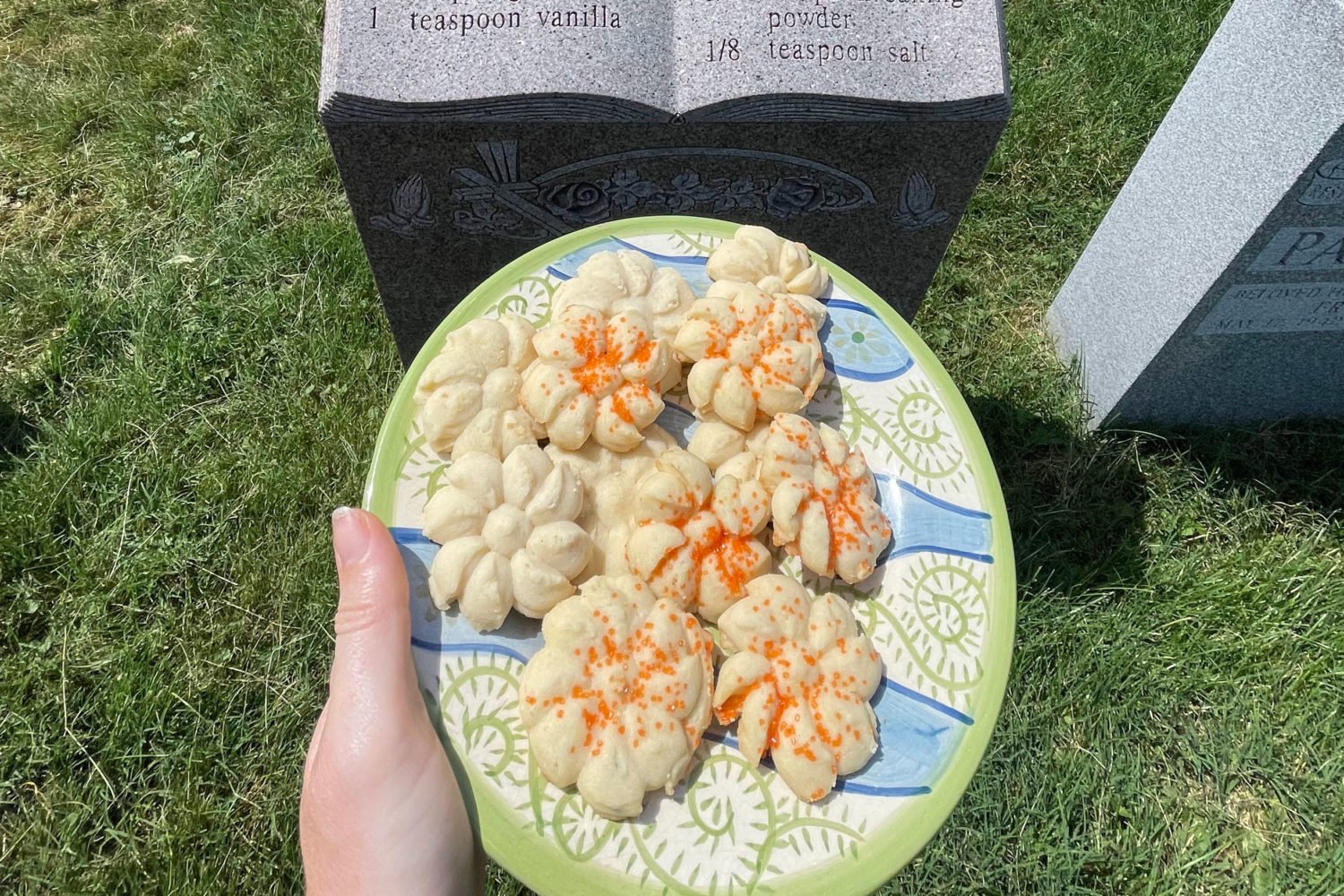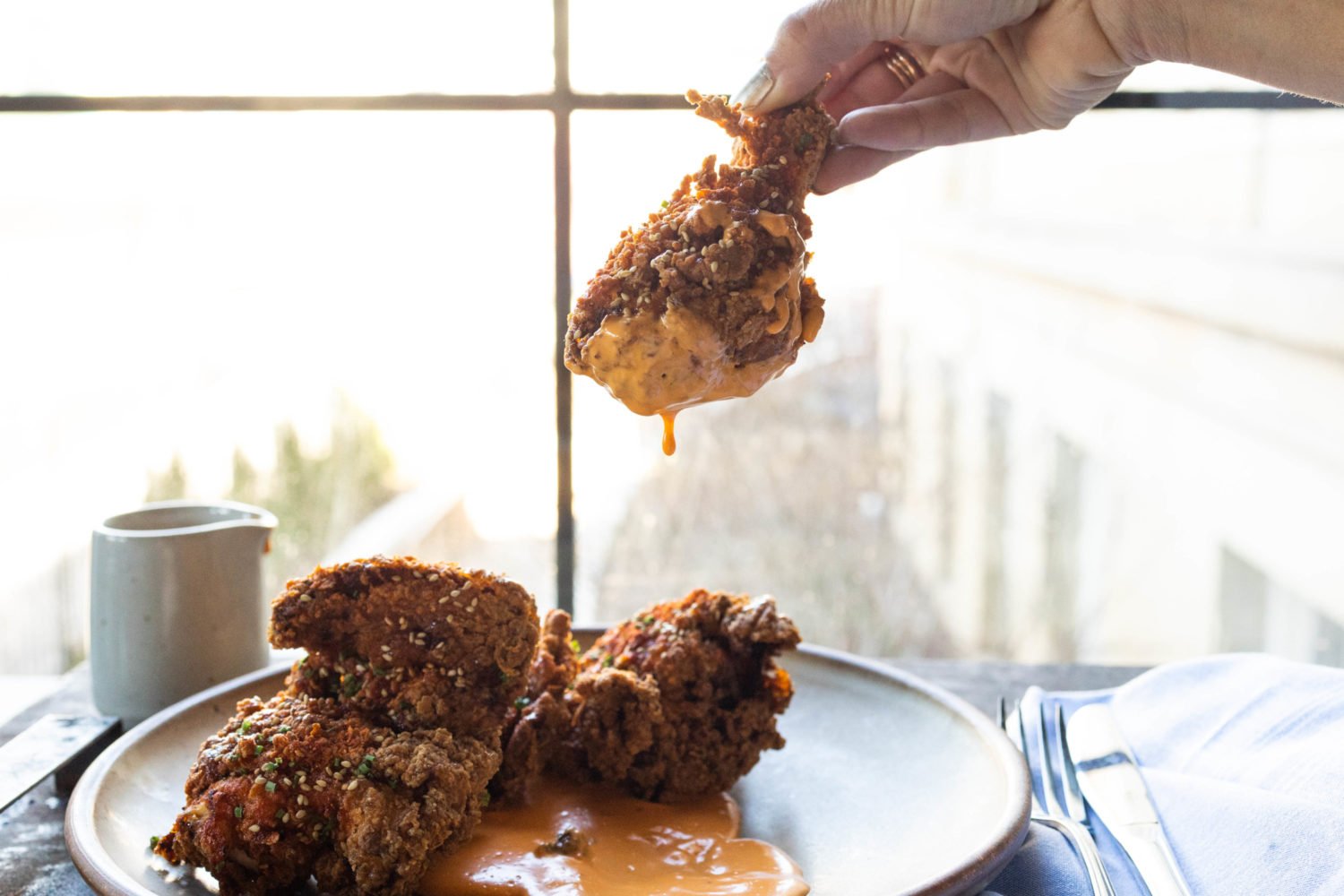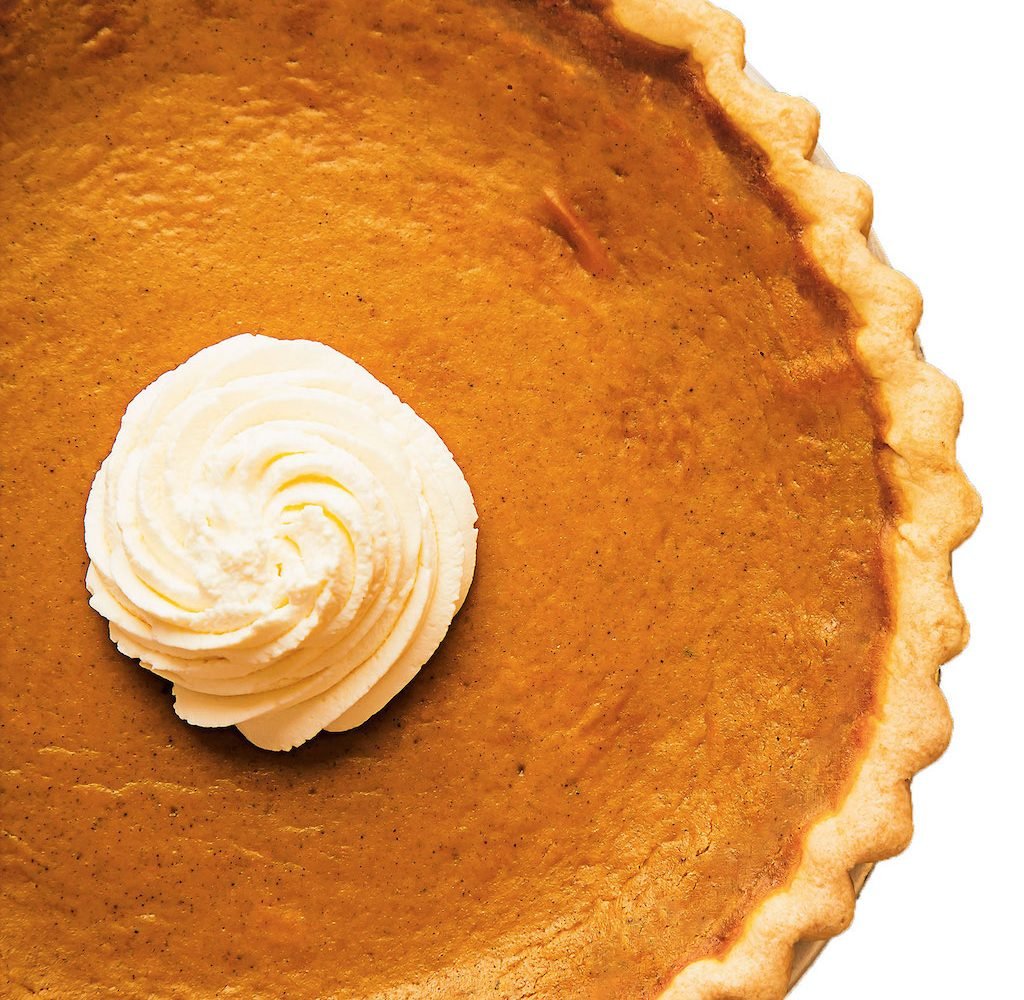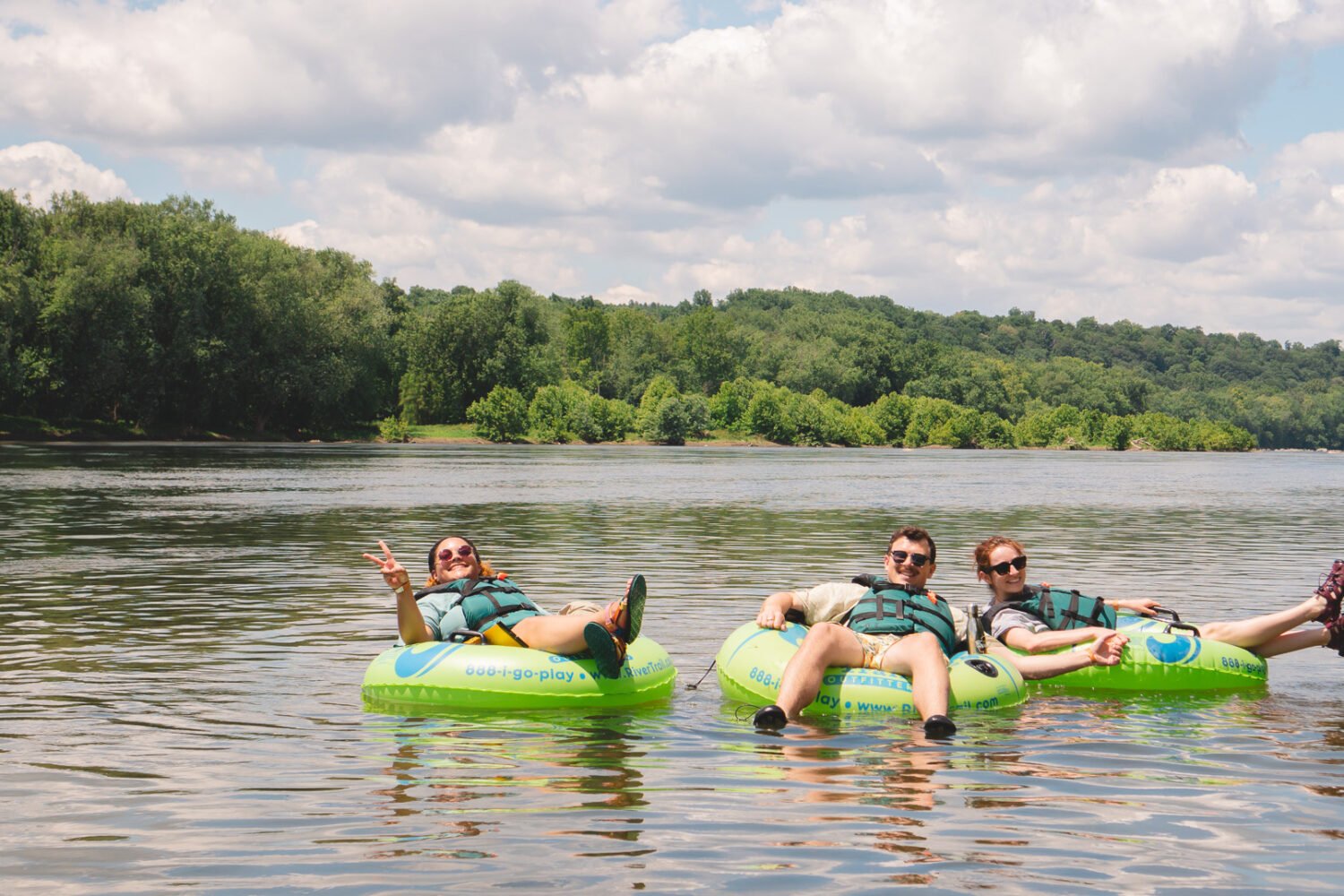Even in the summer heat, there’s nothing like a splash of hot sauce to perk up eggs
or barbecue. Instead of reaching for the Tabasco, try this simple recipe from Evening
Star Cafe chef
Jim Jeffords.
The Georgia-bred toque grows his own peppers on the restaurant’s rooftop garden, including
fresnos, datils—which are native to his home state—and cayennes. But no need to grow
your own: The formula Jeffords uses is a base, and can accommodate a variety of common
fresh peppers, such as milder red fresnos, earthy serranos, and fiery Scotch bonnets.
Depending on your heat tolerance, he recommends a 3-2-1-part ratio for the chilies
listed above. Mixed with garlic and white vinegar, this is destined to become a go-to
condiment that matches the season’s temperatures.
Jim’s Special Throne Sauce
Makes one bottle
4 garlic cloves, peeled and chopped
1½ cups white vinegar, such as Heinz
About 1½ cups mixed fresh peppers, such as red fresno, serrano, and Scotch bonnet,
all available at Whole Foods and seasonally at the farmers market (see above for ratios)
1½ tablespoons olive oil
½ teaspoon salt, or more to taste
Using gloves, rinse all the peppers thoroughly. Remove the stems and chop into about
¾-inch pieces.
Heat a sauté or cast-iron pan over high heat. Coat it with olive oil. When you see
“white smoke” and the pan is very hot, add the peppers. Season them with salt. Let
cook for 4 minutes, tossing occasionally.
Once they are slightly charred, cover the peppers with white vinegar. Bring the mixture
to a boil, then immediately turn off the heat. Remove from the stove and let cool.
Once cool, place the peppers and vinegar mixture in an airtight container such as
a Mason jar or plastic container. Make sure the peppers are covered with vinegar;
it may be necessary to add more. Store the peppers at room temperature for one week.
Once the mixture has aged, purée in a blender until smooth. Pass the hot sauce through
a sieve or fine strainer.
Store liquid hot sauce in refrigerator for up to two months.

